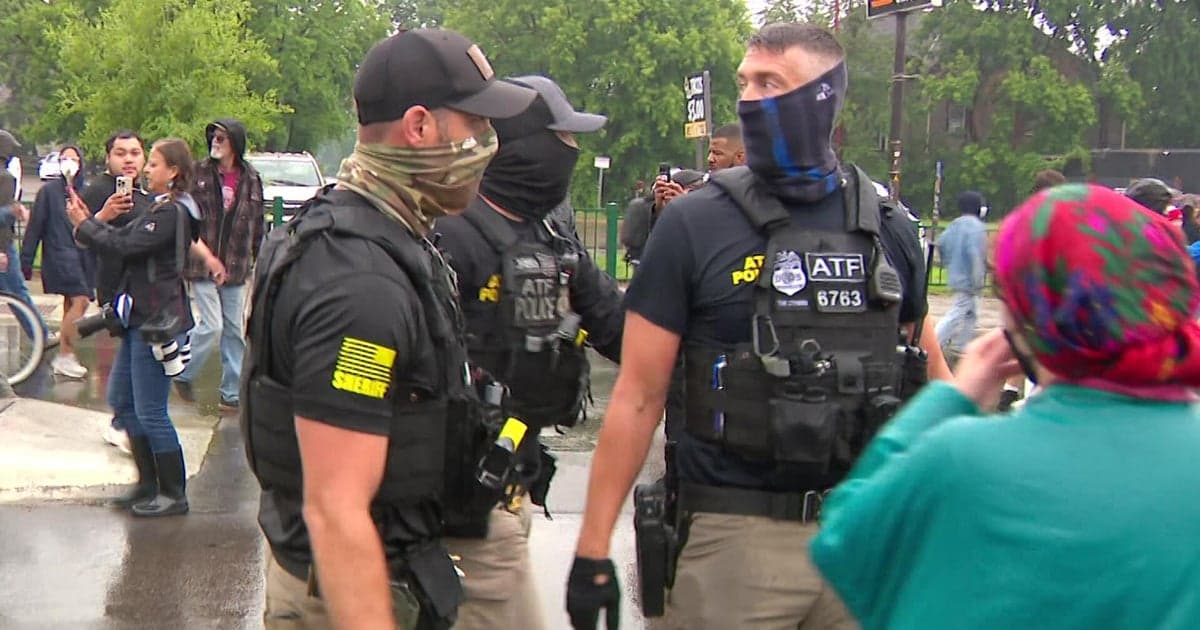Federal raid sparks clash outside St. Paul business, raises questions
A federal law enforcement operation outside a St. Paul business on Wednesday led to a confrontation that briefly drew significant law enforcement attention and community concern. The incident comes amid a flurry of local headlines ranging from public safety investigations to community sports highlights, underscoring competing civic priorities for Twin Cities residents.

A federal enforcement action outside a commercial property in St. Paul on Wednesday sparked a confrontation between people at the scene and federal officers, according to a CBS News roundup of local headlines. The incident drew attention across the metro and added to a week of high profile local coverage that included law enforcement developments and community features.
The CBS News compilation, published throughout November, shows a mix of human interest sports coverage and serious public safety stories. Recent posts included coverage of the Feeney family and their quarterbacks at St. John’s University and Moorhead High School on November 17, features on how the Minnesota Vikings select game day anthem singers on November 13, and a profile of an Anthony Edwards superfan on November 13. Those lighter pieces appeared alongside more consequential reporting such as coverage of a Minnesota state trooper accused of groping a colleague, a law enforcement shooting in Bagley in which the suspect was identified, and a vote by Minnesota lawmakers to release files related to Jeffrey Epstein, reported earlier in November.
The clash outside the St. Paul business is likely to sharpen longstanding debates about federal enforcement tactics, transparency, and interagency coordination. Federal operations in public settings often raise questions for local officials about notification practices, civilian safety, and the business and neighborhood disruption that can accompany a visible law enforcement presence. Those concerns have policy implications for municipal leaders and state legislators weighing whether to seek tighter rules on coordination between federal agents and local police.
Economically, episodes like the one in St. Paul can have immediate microeconomic effects on affected businesses and neighborhoods. Even short lived closures and visible law enforcement activity can reduce foot traffic, interrupt sales for small retailers and restaurants, and influence perceptions of safety that matter to customers and landlords. Over time, if such events are frequent or perceived as poorly managed, they can factor into decisions by businesses about where to locate and by consumers about where to shop, which in turn has implications for local employment and tax revenue.
The broader collection of local stories reflects the diversity of civic life in Minnesota this month. Community and sports coverage highlighted events such as children from Hope Kids trick or treating with the Minnesota Gophers, a Minnesota college starting a women’s flag football team, Timberwolves players doing holiday shopping with children, and the Minnesota Wild granting a boy with leukemia’s wish. Those features ran alongside weather briefings issued on November 18 and November 19 and public safety items that underscore the competing priorities facing state and city policymakers.
As officials and the public respond to the St. Paul confrontation, the incident will test how quickly agencies provide information and how local leaders balance enforcement objectives with community concerns. The episode arrives at a moment when public scrutiny of law enforcement tactics remains elevated, and policymakers in Minnesota may face renewed calls for clearer rules governing federal and local cooperation.


